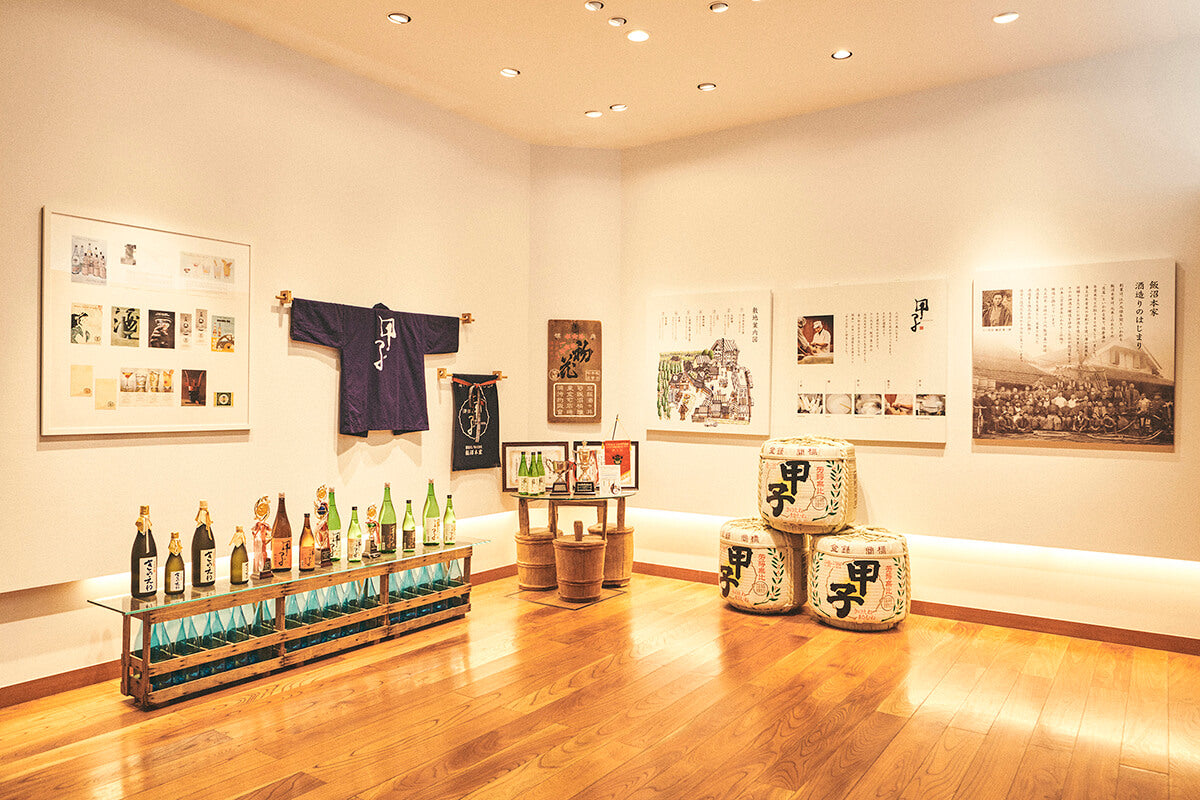Kinoene “Okarakuchi” Hiyaoroshi
Chiba prefecture
Dry fall seasonal for a hearty dish
This is a rather dry fall seasonal sake that finishes clean and clear. It uses 80% RPR Fusakogane rice for “kakemai” (the steamed rice you add to the mash), and 68% RPR Gohyakumangoku milled in an oval shape for the koji rice — both grown locally. The deep savory flavors and the subtle umami from the rice would pair well with stewed meat and potatoes in sweet soy sauce.
Characteristics
| Brand | Kinoene |
| Brewery | Iinuma Honke |
| Category | Junmai |
| Subcategory | Genshu |
| Taste Profile | Rich & Dry |
| Rice variety | Gohyakumangoku, Fusakogane |
| Yeast variety | Association No. 1801, Association No. 1001 |
| Alcohol | 15.00% |
| RPR | 80% |
| SMV | 8.5 |
| Acidity | 2.5 |
Serving Temperature

-
 Recommended
Recommended
-
 Not Recommended
Not Recommended
Region

Kinoene is made in Chiba prefecture in the Kanto region.
Taste Metrics
Tasting Notes
-
Muscat Grape

-
Grain

Recommended Pairing
-
Seafood

-
Meat

-
Veggies


Iinuma Honke
Iinuma Honke is backed by 300 years of sake experience. Located in Chiba prefecture, a well-known agricultural region, the brewery appreciates the importance that quality rice and crystalline spring water has in crafting sensational sake. While they have a firm dedication to the tradition of sake, they also understand the importance of progress and venture, approaching their art with a sense of positivity. Each batch of sake they produce accents the original taste of the rice and delivers a blossoming aroma combined with a supremely smooth flavor. They hope that their sake can open you to the tradition of sake and Japanese culture, and put a smile on your lips anytime you partake.
Learn more

Customer reviews
Tippsy Sake Club
Our sommelier will recommend sake according to your taste when you join Tippsy Sake Club. Also enjoy:
- Members-only prices
- Discounted shipping
- An exclusive sake cup with your first club order
- and more!
All about sake
-
 Introduction
Introduction
Welcome To Your Sake Journey!
-
 Lesson 1
Lesson 1
What Is Sake?
-
 Lesson 2
Lesson 2
What Is Sake Made of and How Is It Made?
-
 Lesson 3
Lesson 3
What Is Rice Polishing Ratio?
-
 Lesson 4
Lesson 4
Types of Sake
-
 Lesson 5
Lesson 5
How To Store Sake
-
 Lesson 6
Lesson 6
How To Drink and Serve Sake
-
 Lesson 7
Lesson 7
Food Pairing Guide
-
 Lesson 8
Lesson 8
Best Sake Bottles and Brands for Beginners




